Palolo Worm: Using Marabou & Laser Dub
Recreate fly patterns at home! Materials used in making this fly have been included below. Always keep in mind your local fly-fishing store will most likely have the materials referenced, and typically for less. Materials can also be found at Amazon or any other major on-line resource.
Fly-Tying Materials
- Owner Hook 5377-111, Black Chrome (#1/0)
- UTC Thread 210, Tan
- Marabou, Red
- Senyo’s Laser Dub, Tan
- Sally Hansen Hard As Nails, Hardener, Clear (#2103)
Design Inspiration & Detail
Each year at the end of MAY and beginning of JUN, the Palolo worm hatch takes place in the Florida Keys. Palolo worms emerge from the coral/ rock formations when conditions are just right (i.e. full or new moon, low tide, calm water, etc.). These 2.5″ to 3″ worms find their way out to the ocean side of the Keys to meet the annual Tarpon migration from the North. Tarpon always seem to know exactly when this hatch takes place. Typically just outside of the Bahia Honda Bridge is a popular place to meet the migration. In some form or another you will find Tarpon feeding on worms in the greater middle Keys and occasionally in the Back Country.
Palolo worms don’t wiggle really, they jet forward quickly and remain fairly straight when under way. The trick is to fish with longer leaders (11′ to 13′) and strip with super-fast 3″ ticks. Use a two-handed strip if it’s difficult with one.
For anyone who seeks Tarpon with a fly-rod, a handful of Palolo worm flies is a MUST for the fly-box. The version pictured above rides higher in the water column, as it is constructed of simply feathers and dubbing. This version was tied with a little more fluff – the bulk seems to get the attention I want. I also trimmed the dubbing with a flat edge to simulate a cleaner transition between colors. Worms will typically have a red or pink half and a portion which is tan, taupe, beige, or olive green. Tarpon flies are typically tied using hook sizes from #1/0 to #3/0.
I was inspired to use these specific materials by Bruce Chard and his version of the Palolo. Bruce leaves a larger portion of the hook shank exposed and leaves the dubbing with it’s natural shag. It’s a great rendition of the Palolo.
If you would like to see another version of the Palolo worm that rides slightly lower in the water column, check out Fly Mastery’s original Glassy Palolo Worm . We added a few Japanese seed beads to increase its weight.
Target Species
This particular fly was designed to attract Tarpon – many other species will also take the fly.
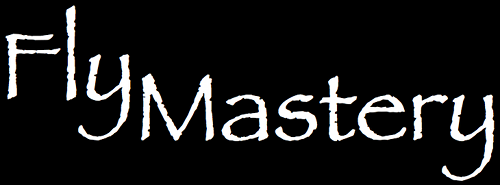



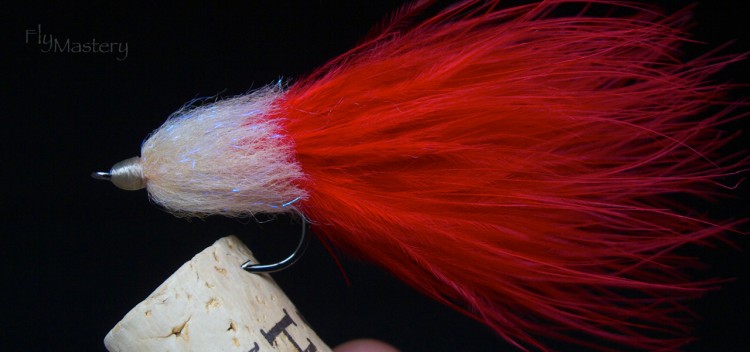
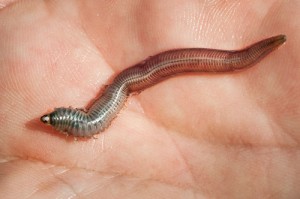



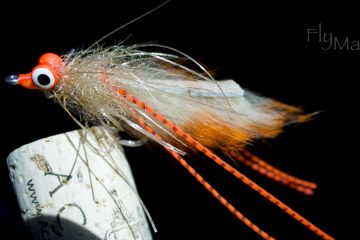
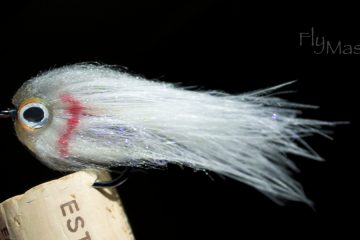
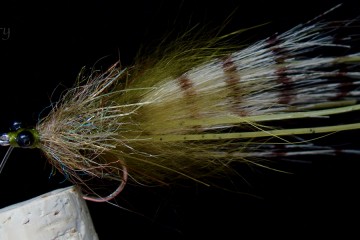
No Comment